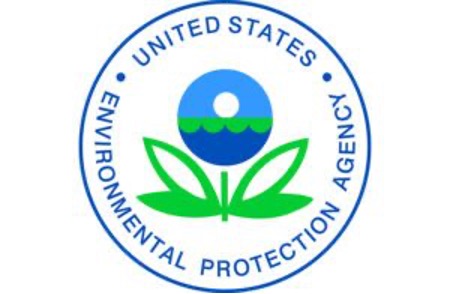EPA proposes new ethylene oxide rules for medical device sterilization
April 19, 2023
Source: drugdu
 451
451
April 12, 2023 By Jim Hammerand Leave a Comment

New ethylene oxide rules from the EPA would reduce EtO emissions from commercial sterilizers by 80%, the agency said.
The EPA this week proposed new regulations for companies that sterilize medical devices with EtO, following up on last week’s proposal for new EtO rules on chemical plants that make or store the sterilant.
EtO is the most common method of medical device sterilization, used for around half of the 40 billion devices sterilized each year in the U.S. For some devices, there’s no alternative to EtO because gamma ray and electron beam sterilization can only be used on certain materials.
FAQ: What is electron beam sterilization?
But health risks for sterilization plant workers and neighbors have the EPA, FDA, Centers for Disease Control and Prevention (CDC) and Occupational Safety and Health Administration (OSHA) working together to reduce those risks without reducing sterilization capacity.
“OSHA’s mission is to ensure safe and healthful working conditions for workers,” OSHA Assistant Secretary of Labor Doug Parker said in a news release. “We will continue our partnership with EPA and other federal agencies to reduce risks for people who work every day to maintain our nation’s vital medical device supply chain.”
Related: AdvaMed warns Biden of threat from EtO facility closures
The new EtO regulations would require 86 commercial sterilizers across the U.S. and any new facilities to maintain emission levels below the Clean Air Act’s benchmark for elevated cancer risk. Commercial sterilizers would be required to use advanced source monitoring and report results twice yearly.
The proposed rules would require compliance within 18 months, though some companies have already implemented measures to significantly reduce emissions.
New EtO rules for worker protection
The EPA said it is also proposing mitigation measures to decrease risks for EtO sterilization facility workers and the surrounding communities. Among the proposals are reducing the amount of EtO applied for medical device sterilization, initiating real-time monitoring of EtO within sterilization facilities, adding engineering controls to reduce employee exposure, and requiring personal protective equipment (PPE) when EtO is detected.
RELATED: EPA flags high-cancer-risk EtO sterilization facilities across the country
The EPA characterized its real-time monitoring proposal as “unprecedented,” saying the technology can accurately measure EtO inside a plant to 10 parts per billion (ppb). Above those levels, workers would need to wear PPE. The EPA is also directing the industry to develop ways to identify even lower concentrations of EtO inside facilities.
“EPA is moving urgently to advance these new protections based on the agency’s latest assessment of cancer risks from EtO exposure in occupational settings, which are more significant than previously understood,” the EPA said. “Of note, EPA has not found that routine exposure to EtO from these facilities causes short-term or acute health risks.”
The EPA’s latest analysis estimates that the additional lifetime cancer risk associated with continuous EtO exposure in the workplace (eight hours per day, 240 days per year over 35 years) is one in 10 for workers who apply EtO in sterilization facilities.
Using less EtO to sterilize medical devices
Many sterilization facilities use more EtO than needed — sometimes twice as much — to get the job done, the EPA said it has learned from conversations with the FDA and medtech industry.
Current EtO concentrations might be as high as 700 mg/L for medical device sterilization, and to minimize the number of sterilization cycles, mixed batches of devices that need varying concentrations are all sterilized together at the highest level.
The EPA wants to set a new limit of 500 mg/L for new sterilization cycles and have the FDA review the concentration validation process. Achieving lower levels will require medical device engineers to consider EtO concentrations when designing the devices and packaging. Devices that require EtO concentrations above 500 mg/L can be approved for exemptions with justification.
“EPA proposes that sterilization facilities use the least amount of EtO needed to meet sterility assurance through cycle design optimization, taking into consideration that sterilization cycles often include mixed loads of different medical devices which require different levels of EtO concentrations,” The EPA said in its proposal. “Industry has already demonstrated the ability to optimize dwell times, pressure, and humidity, as well as the reduction in the amount of paper packaging through FDA’s Innovation Challenges.”
By editorRead more on
- 20-Valent Pneumococcal Vaccine Approved for Clinical Trials January 20, 2026
- ADC205 Tablets Received Approval for Drug Clinical Trial January 20, 2026
- Sifang Optoelectronics makes strategic investment in Changhe Biotechnology January 20, 2026
- Mingde Bio plans to acquire a 51% stake in Hunan Lanyi through capital increase and acquisition January 20, 2026
- accelerating the transition of CLL treatment into a “chemotherapy-free era”. January 20, 2026
your submission has already been received.
OK
Subscribe
Please enter a valid Email address!
Submit
The most relevant industry news & insight will be sent to you every two weeks.



